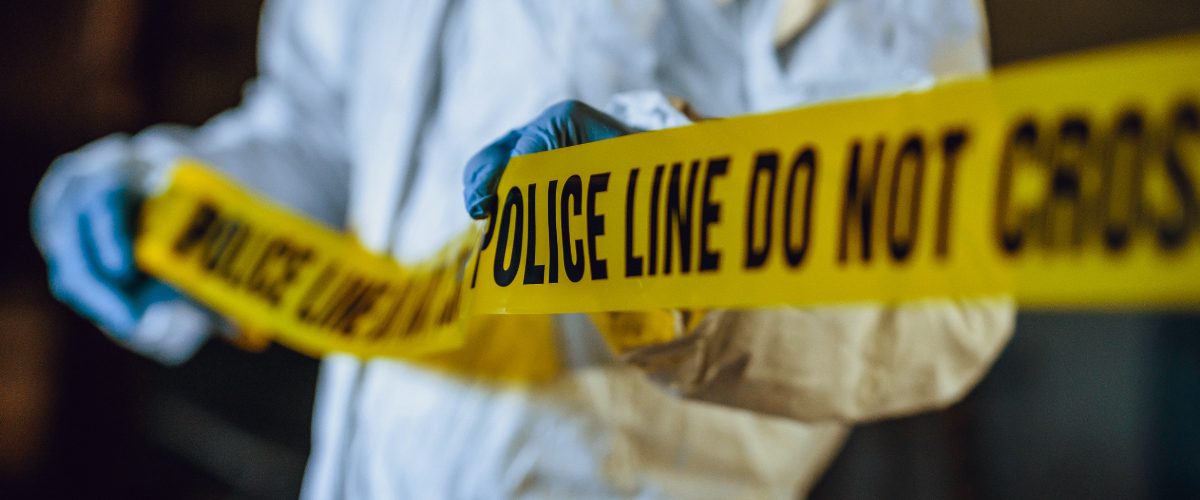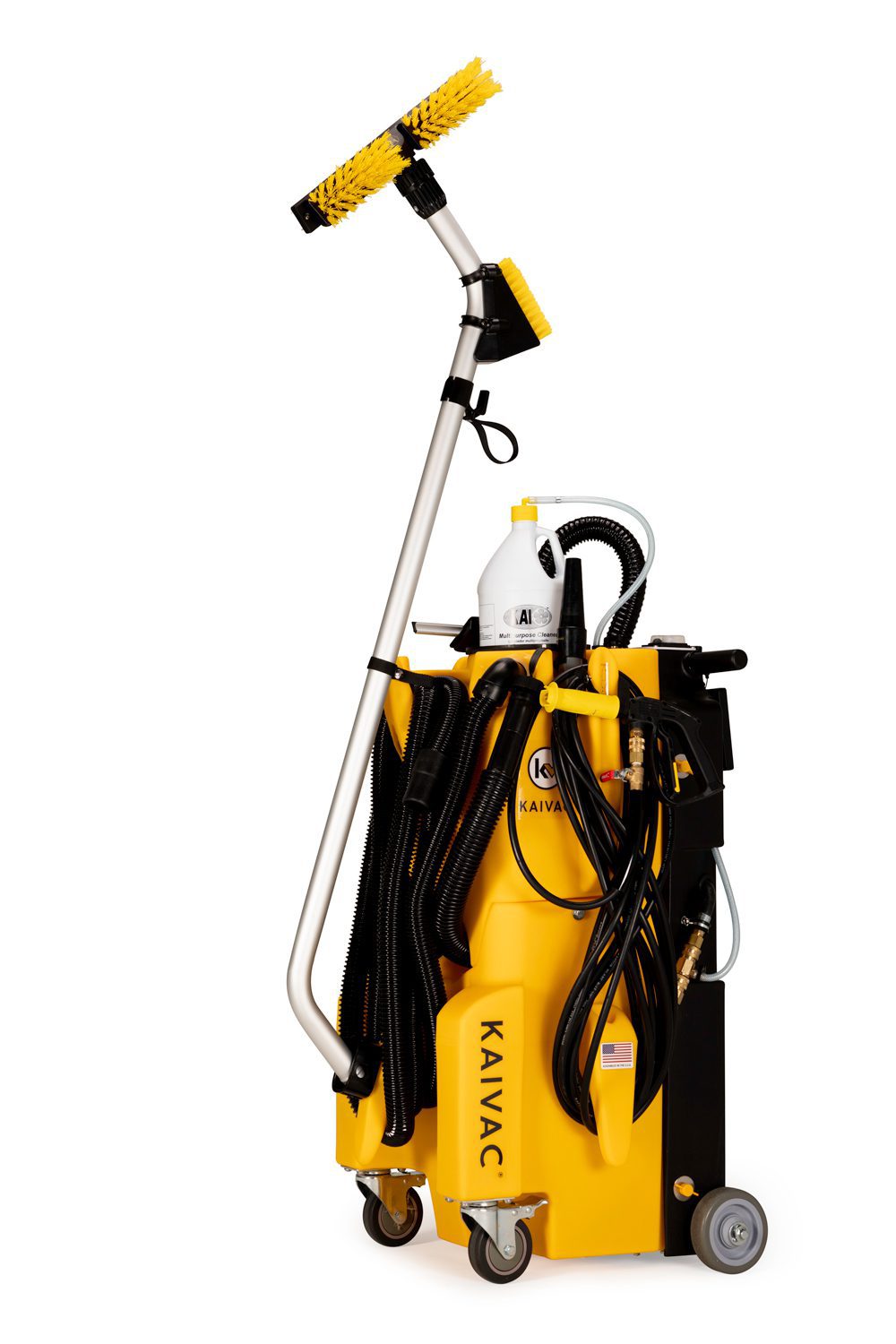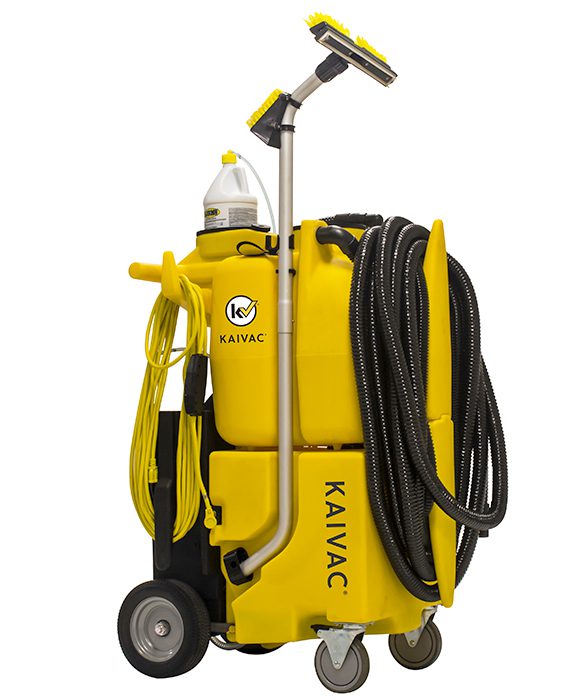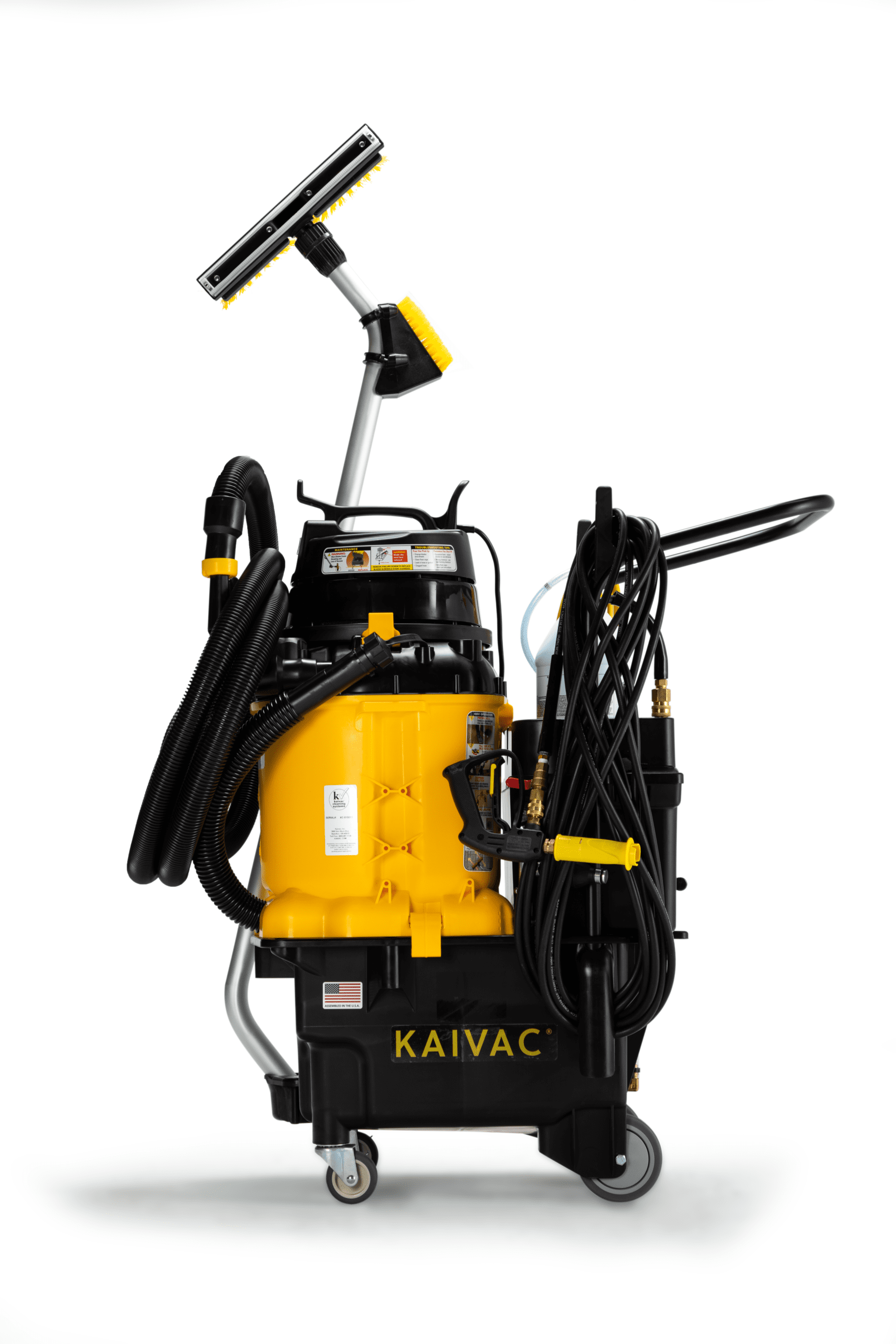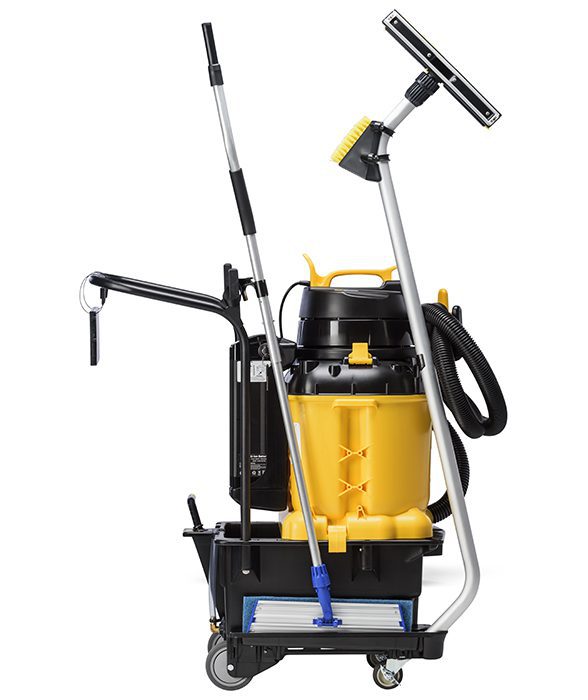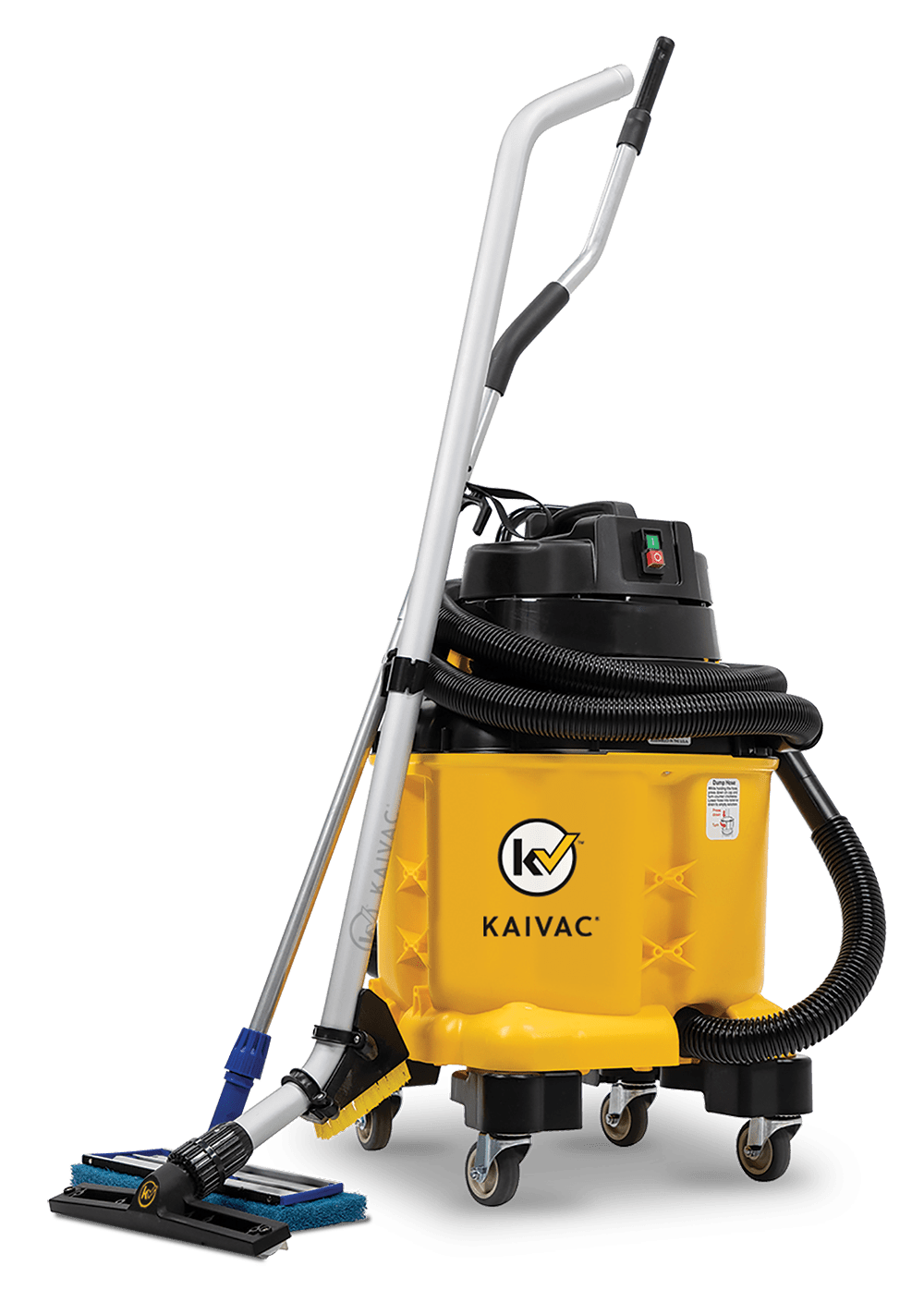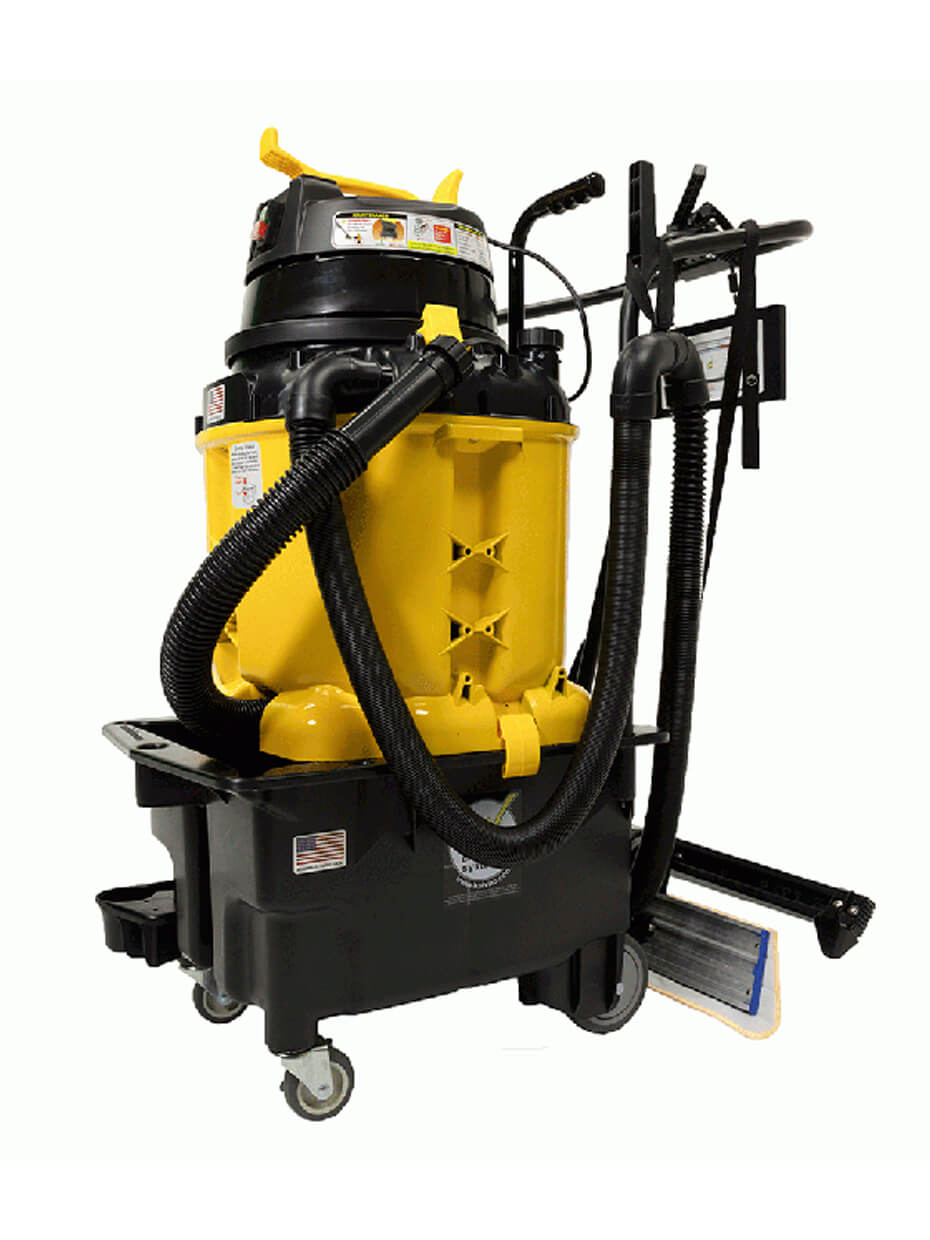Crime scene cleaning requires training, rigor, and a whole lot of compassion. These workers take on the difficult task of cleaning blood, body fluids, and other biohazards from crime scenes, suicides, hoarder situations, and more. The job is dangerous, exposing employees to bloodborne pathogens like HIV, Hepatitis B and C, and MRSA.
It also emotionally taxing. Biohazard cleaning exposes workers to traumatized friends and family members trying to process their grief. “You certainly have to be part counselor — you have to be empathetic, open to listening, patient, and kind,” says crime scene technician Mike Andrews, from National Crime Scene Cleanup in this Buzzfeed News article. “You need to be sensitive, but you also need to be able to detach from the situation and your surroundings.”
Here is an overview of crime scene cleaning and some tools that can make the job safer and easier.
Crime Scene Cleaning: A Growing Business
Because of the training, risk, and emotional toll involved, biohazard cleaning has always been a niche industry. According to IBISWorld the $24 Billion market includes 5,923 remediation and environmental cleanup businesses. This broad category includes other services like asbestos removal, oil spill clean-up, and lead paint abatement.
But the public remains fascinated by crime scene cleaning. Need proof? Just check out the many different articles that detail what these workers see and do in a day’s work. There is even a duo on TikTok known as the “Soul Mediators” who document their jobs for their followers. This (morbid) curiosity brings awareness and helps fill the pipeline with others interested in the work.
Overcoming the Dangers of Biohazard Cleaning
Fascinating as it is, crime scene cleaning is dangerous. The work requires handling potentially infected blood, bodily fluids, and human tissue. It also requires moving in tight, confined spaces while wearing full-body protection, including a hood, booties, and face mask.
Despite the dangers and difficulty, most states do not require special permits or license to do the job. However, the Occupational Safety and Health Administration (OSHA) makes the following recommendations for safely handling potential biohazards and cleaning bodily fluids.
These mandates include:
- Receiving yearly bloodborne pathogen training
- Having access to personal protective equipment (PPE)
- Being trained in proper PPE usage and disposal
- Being fully vaccinated for Hepatitis B
- Knowing how to remove and store biohazardous waste
- Knowing where and how to properly dispose of contaminated waste
Better Tools for Crime Scene Cleaning
Biohazard cleaning demands rigor. Workers must carefully removal all potential hazards and contaminants. This can mean physically cutting out and hauling away carpet, drywall, and other porous building materials. It also requires using special enzyme-based cleaning chemicals.
It should never mean using a disposable mop and bucket.
This approach is time-consuming and potentially increases a worker’s risk of exposure to pathogens. Instead, many crime scene cleaners are turning to more advanced tools like the No-Touch Cleaning® system by Kaivac. The No-Touch Cleaning systems fully removes dangerous biohazards quickly and safely. The technology allows crime scene cleaners to better serve their clients while keeping themselves safe.
Biohazard cleaning is hard, taxing work. Click here to explore tools that make the job a bit easier.
